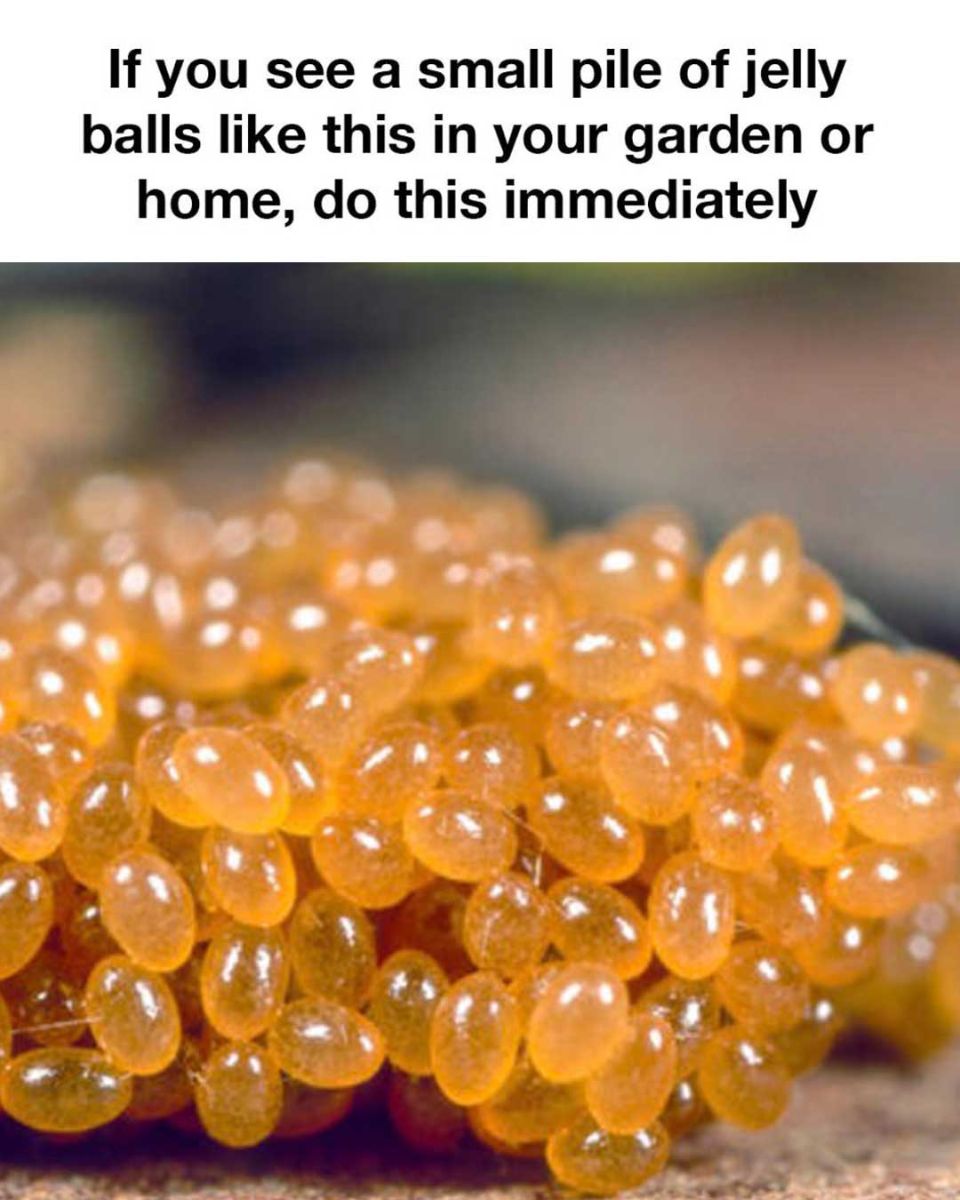Tick eggs, often laid in clusters, can resemble small piles of jelly balls. Understanding the life cycle of ticks and their reproduction is crucial for identifying and managing tick infestations. Female ticks can lay thousands of eggs in soil, leaf litter, and even within homes if conditions permit. These eggs hatch into larvae, progress to nymphs, and eventually mature into adult ticks, continuing the cycle if not interrupted.
Identifying the Presence of Tick Eggs
Tick eggs are typically found in dark, moist areas. They are usually brownish-red and may be located in garden beds, beneath stacked firewood, or in corners and crevices within homes.
The eggs are very small, resembling tiny beads or jelly balls, and are often laid in clusters. Regular inspection of areas that provide favorable conditions for ticks is important to detect these clusters early.
Health Risks Associated with Tick Eggs
Tick eggs themselves do not pose immediate health risks, but their presence indicates a higher likelihood of a tick infestation. Ticks are carriers of various diseases, such as Lyme disease, which can be transmitted to humans and pets through bites. Early detection and removal of tick eggs can prevent the development of adult ticks and reduce the risk of exposure to these diseases.
Immediate Steps to Take if You Find Tick Eggs
see continuation on next page
ADVERTISEMENT
